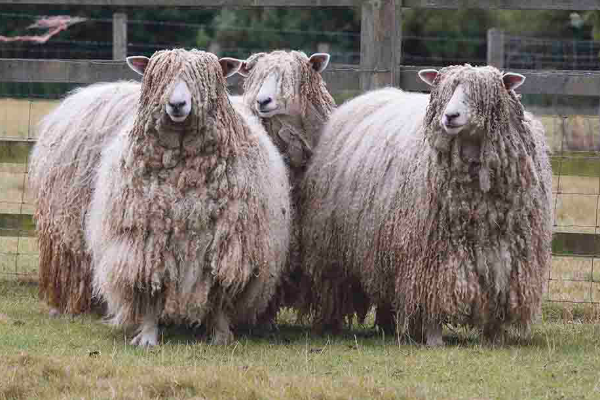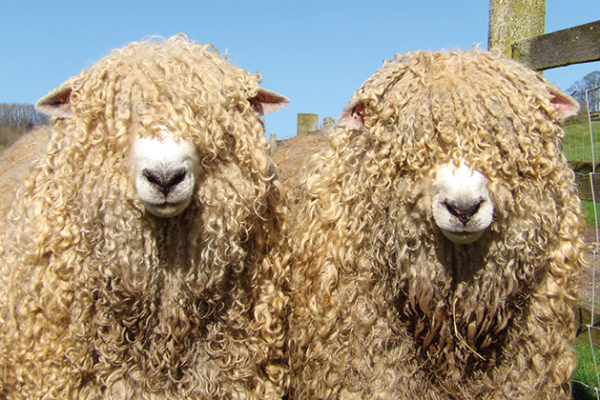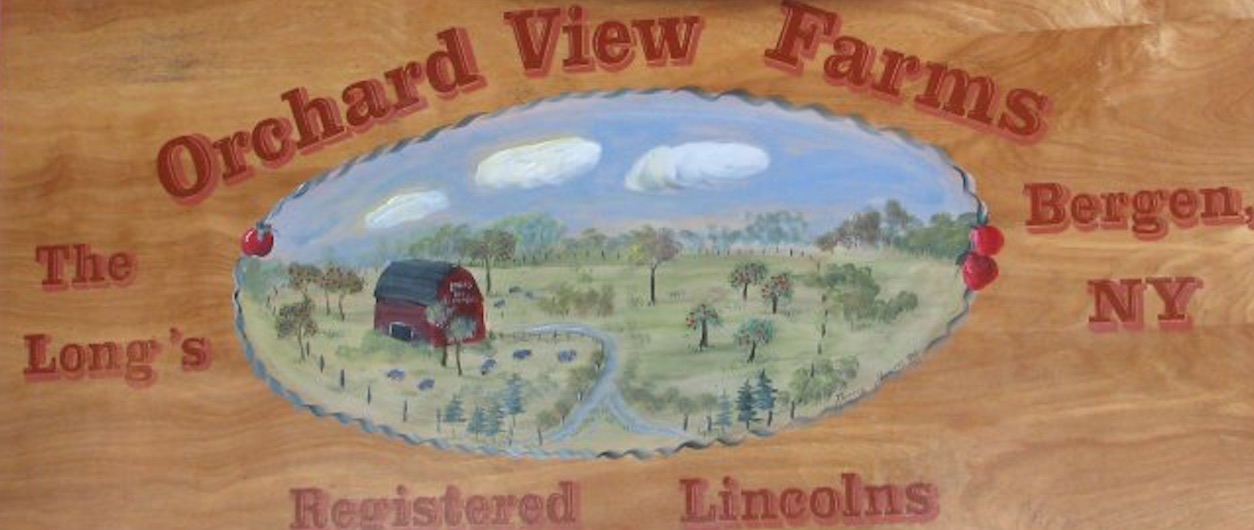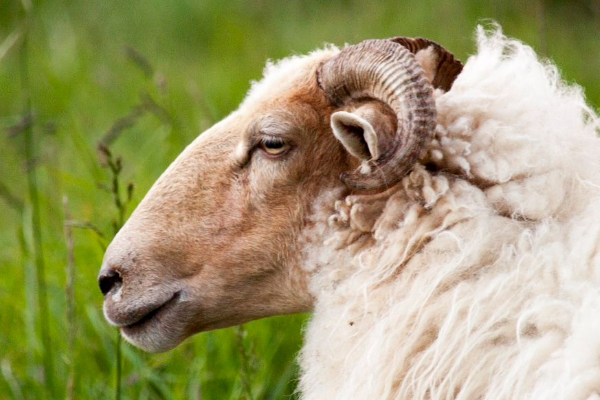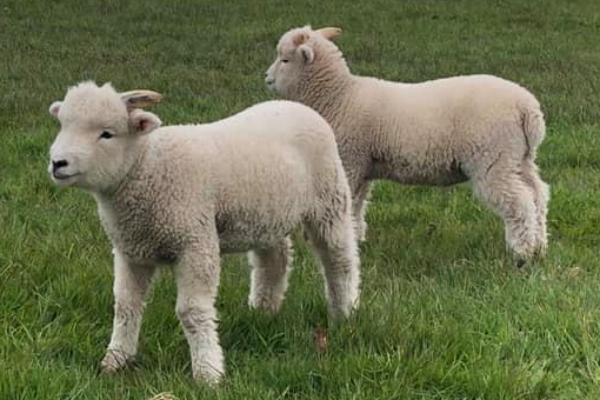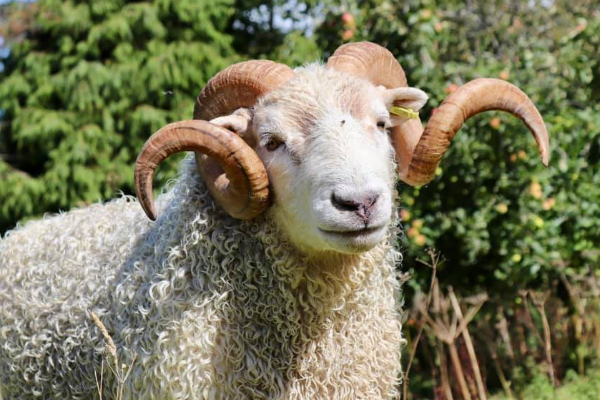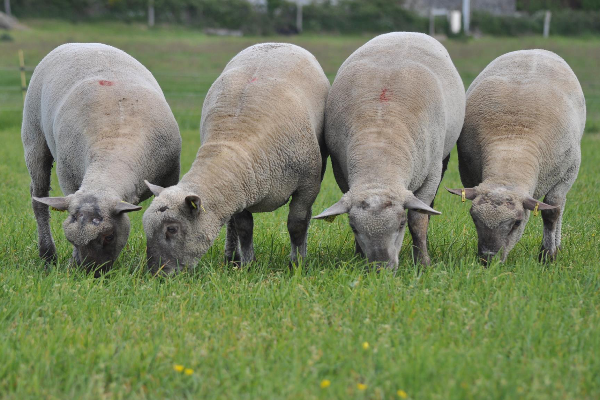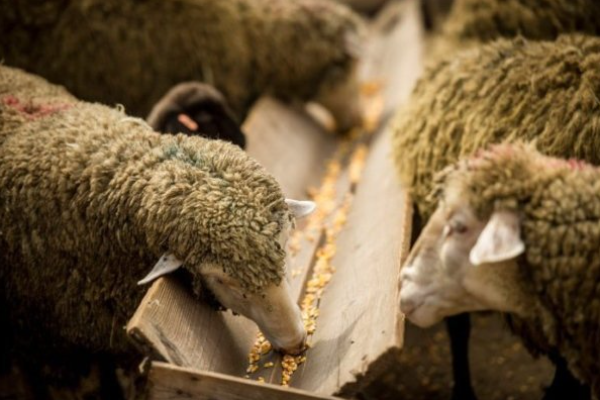Lincoln Sheep
What is the history of Lincoln Sheep?
Lincoln, sometimes called Lincoln Longwool, is a breed of sheep from England. Lincoln is the largest British bay specially developed to produce the heaviest, longest and shiniest fleece of any breed in the world.Large numbers were exported to many countries to improve the size and quality of wool of their native breeds. The versatile fleece is in great demand for spinning, weaving and many other crafts.
Between 1840 and 1940, Lincoln sheep were in great demand at home and abroad and were exported in large numbers to all parts of the world, particularly South America, Australia and New Zealand, where they were used to develop and develop new breeds.
In the 1960s the breed reached an all-time low in the 1970s and was on the verge of extinction. Lincoln Longwool is one of the category 4 'at risk' native rare species on the RBST watch list.
Breeding numbers are lower today than in the 1990s, with less than 1000 breeding ewes spread across the country. Lincolns herds are mainly concentrated in their hometown of Lincolnshire, making them particularly vulnerable in the event of any disease outbreak in the future.
What are the features of Lincoln Sheep?
- Lincoln is often referred to as the world's largest breed of sheep.
- Lincolns are quite rectangular in form, with a deep body and large width.
- Their backs are straight and strong and covered thick like mature sheep. Sometimes they lack fullness in their legs and appear a little erect when they are short-haired.
- Lincoln's hide is usually carried in heavy locks that twist in a spiral near the end.
- The basic length in Lincolns is among the tallest of all breeds, ranging from eight to fifteen inches (20-38 cm) with a yield of 65 to 80 percent.
- Lincolns produces the heaviest and thickest wool of sheep wool long wool sheep weighing 5-9 kg.
- The numerical number of felt is between 36 and 46, and the fiber diameter is between 41.0 and 33.5 microns.
- Lincoln has a big, lean, muscular body. Lincoln should only be considered average in productivity. Because mature sheep are easy feeders, they are sometimes over-conditioned and cannot breed as quickly as breeds with less tendency to gain fat.
- Lincolns are hearty eaters and make excellent use of an abundance of high-quality roughage or pasture.
- Modern breeders have chosen a more active and stylish Lincoln breed that is not over-conditioned as easily.
- Lincoln's color markings should be clear white, and the head should be larger and thicker than other longhaired breeds.
What is the weight of a mature Lincoln Sheep?
Mature Lincoln rams weigh 115-160 kg, and the weight of mature sheep will range between 85-115 kg.
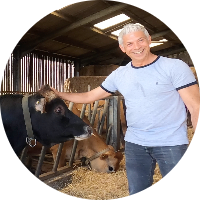
Written by
H Cetin KATIRCI
Online ShepherdBreedsMore
IllnessesMore
Forage cropsMore
![]() Патологическая физиология голодания Arina TARAN
Патологическая физиология голодания Arina TARAN![]() Дефицит фосфора (гипофосфатемия) Hipofosfatemi Arina TARAN
Дефицит фосфора (гипофосфатемия) Hipofosfatemi Arina TARAN![]() Какие бывают кормораздатчики для ферм КРС? Irina Makarova
Какие бывают кормораздатчики для ферм КРС? Irina Makarova![]() Кормушки для овец Diana Myakisheva
Кормушки для овец Diana Myakisheva![]() Питание домашних коз: что едят, виды корма и правила кормления Alina Arslantürk
Питание домашних коз: что едят, виды корма и правила кормления Alina Arslantürk![]() Важность минералов питании сельскохозяйственных животных Irina Makarova
Важность минералов питании сельскохозяйственных животных Irina Makarova

